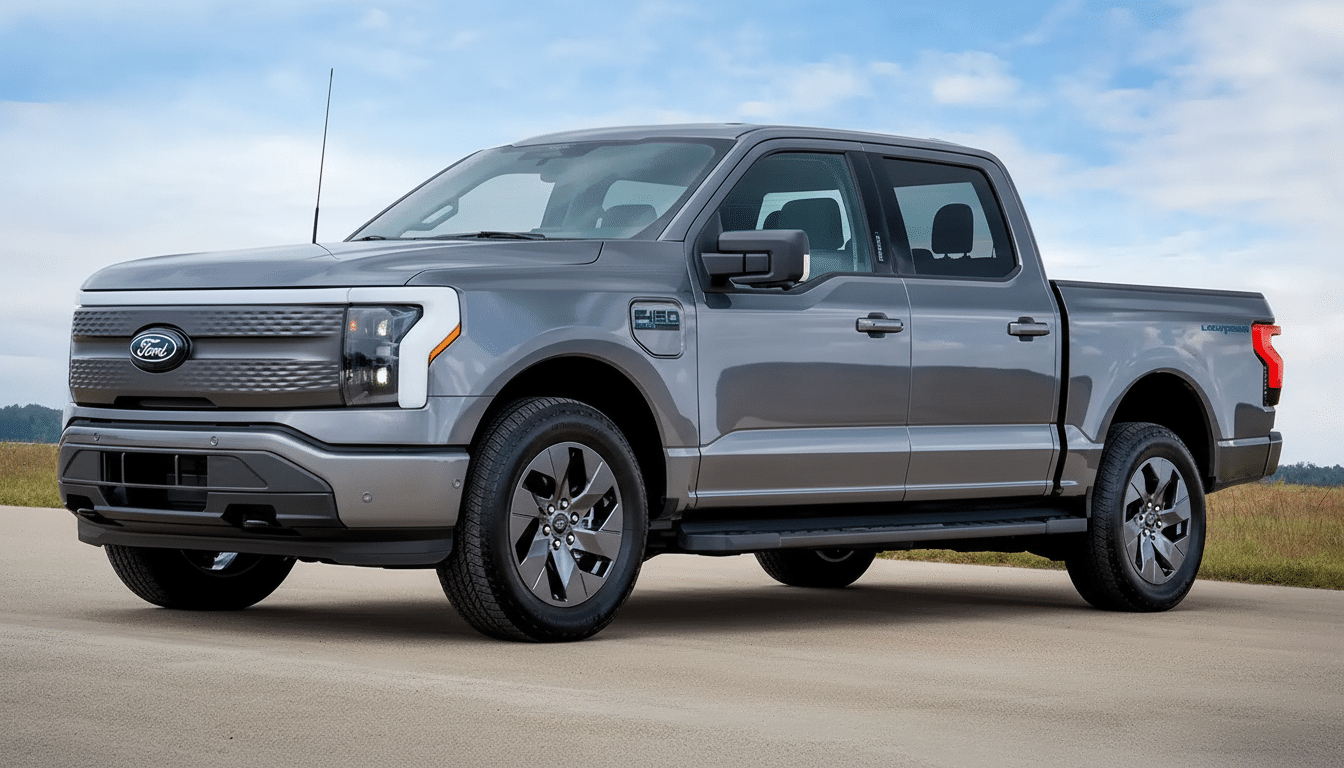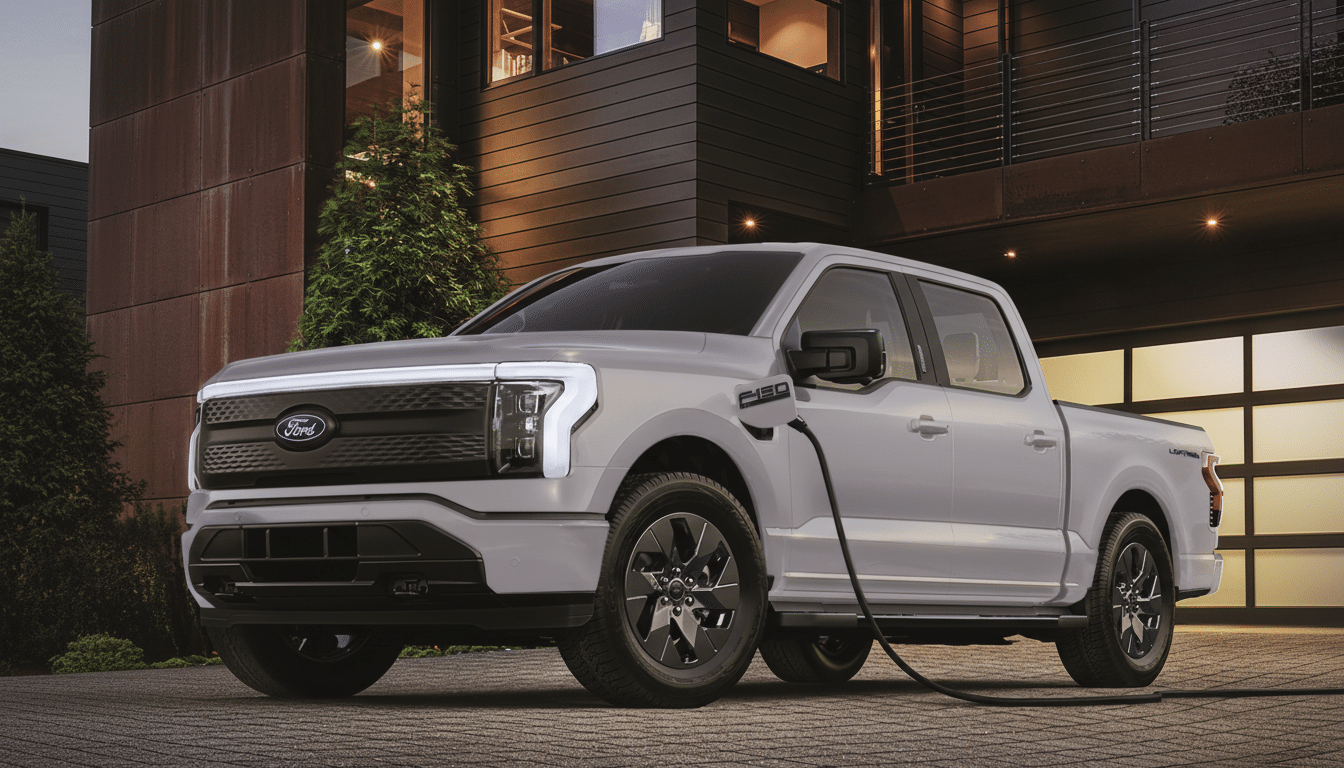Tesla’s once-proprietary Supercharger network is now effectively open for business to nearly every major automaker, with accessibility reaching 23,500 stalls in the United States. Sixteen non-Tesla brands can already plug in at some sites, with more on the way. Here is the full list of brands and models, and what you need to recharge — and why this change is important for drivers.
Which Electric Vehicle Brands Can Plug In Today
Current access includes Acura, Audi, Ford, General Motors (with its Chevrolet and GMC brands), Genesis, Honda, Hyundai, Jaguar Land Rover, Kia, Lucid Motors, Mercedes-Benz, Nissan, Polestar, Porsche, Rivian, and Volvo. Availability is subject to location and software activation, primarily at V3 stations but also increasingly at V4 locations. Superchargers represent just over one-third of the approximately 63,000 publicly accessible DC fast-charging connectors around the country, according to the U.S. Department of Energy.
- Which Electric Vehicle Brands Can Plug In Today
- Complete Model Roster With Current Charging Access
- Next Automakers in Line to Gain Supercharger Access
- What You Will Need to Charge at Tesla Superchargers
- Network Capacity, Availability Limits, and Caveats
- Why Opening Superchargers to More EVs Truly Matters

Complete Model Roster With Current Charging Access
- Acura: ZDX.
- Audi: Q4 e-tron and Q4 Sportback e-tron; Q6 e-tron and Q6 Sportback e-tron, as well as the SQ6 versions; A6 e-tron Sportback; e-tron GT.
- Ford: F-150 Lightning, Mustang Mach-E.
- General Motors: Chevrolet Silverado EV; Cadillac Lyriq, Celestiq, Optiq, Vistiq, Escalade IQ and IQL; GMC Hummer EV and Sierra EV. GM is also orchestrating the Chevrolet Bolt comeback with a NACS port of its own.
- Genesis: GV60, Electrified GV70.
- Honda: Prologue.
- Hyundai: Ioniq 5, Ioniq 6, Kona Electric.
- Jaguar Land Rover: Jaguar I-PACE (support persists for existing vehicles on the road).
- Kia: Niro EV, EV6, EV9.
- Lucid: Air (Pure, Touring, Grand Touring, Sapphire), Gravity.
- Mercedes-Benz: EQB; EQE Sedan and EQE SUV; EQS Sedan and EQS SUV; Maybach EQS SUV.
- Nissan: Leaf (earlier models fall in the PMSC, but new models will be NACS starting with 2021).
- Polestar: Polestar 2, Polestar 3, Polestar 4.
- Porsche: Taycan, Macan Electric.
- Rivian: R1S (the next-generation R2 is coming).
- Volvo: EX30, EX40, EX90 (EC40 pending).
Next Automakers in Line to Gain Supercharger Access
BMW, Subaru, Toyota, and Volkswagen are next in line, according to Tesla. Models include the BMW i4, i5, i7, and iX; the Toyota bZ4X and Lexus RZ; the Subaru Solterra; and the Volkswagen ID.4 and ID. Buzz. Other holdout brands have not announced timelines, including several Stellantis labels — Jeep and Fiat — as well as Mini and Rolls-Royce.
What You Will Need to Charge at Tesla Superchargers
Modern EVs also come with Tesla’s NACS port, which has been adopted as a standard by the Society of Automotive Engineers (SAE) as SAE J3400. If your car has CCS, you’ll need an adapter from your automaker or a reputable third-party manufacturer like Lectron. Activation and payment are processed via the Tesla app or, on many models, directly from the car’s infotainment thanks to Plug and Charge functionality.

Network Capacity, Availability Limits, and Caveats
Non-Tesla sessions, for the most part on V3 Superchargers and now newer V4 units with more peak power and longer cables that make it easier to access charging from various port locations, are increasingly available — as reported by industry journal Electrek, among others. Not all legacy sites are powered, and some of those with power have de-energized stalls. For now, the only way to know if you can access a Supercharger is to check eligibility using your car’s route planner or in the Tesla app before you get there.
Why Opening Superchargers to More EVs Truly Matters
Even though up to 90% of charging occurs at home, access to 23,500 destination fast chargers significantly enhances public fast-charging coverage for apartment dwellers, road trippers, and rideshare drivers. Ford has said its drivers use Superchargers for roughly one-fifth of their public fast-charging sessions, illustrating how a dependable, dense network alters behavior. With SAE J3400 enshrining the NACS connector and networks such as Electrify America, ChargePoint, and Blink incorporating NACS cables, the U.S. fast-charging ecosystem is standardizing around a single plug and broader network of stations — precisely what diminishes range anxiety and drives adoption of EVs.

